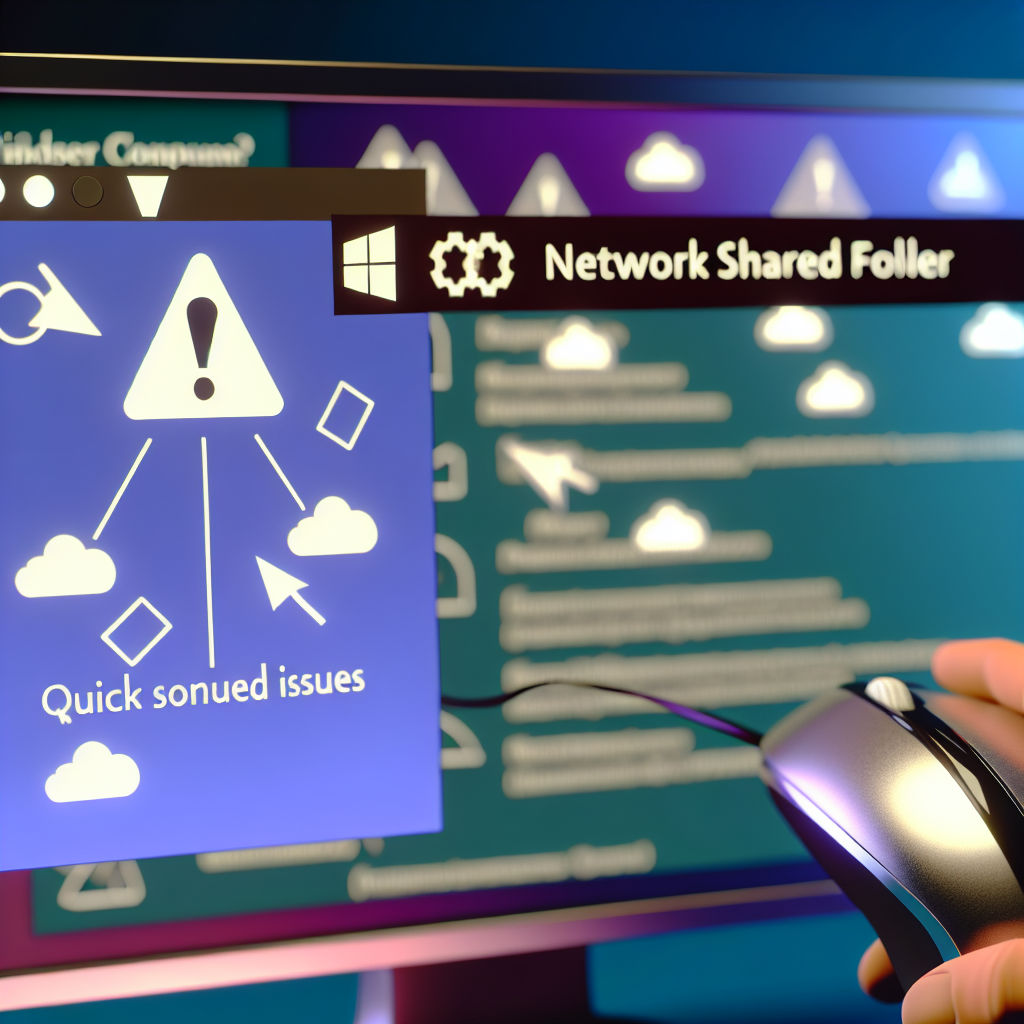Sharing folders across a Windows 11 network can streamline collaboration, but it often presents hurdles such as connectivity issues or permission errors. This comprehensive guide provides 2025 quick fixes to resolve common problems with network shared folders in Windows 11, ensuring seamless file sharing and improved productivity.
Ensuring Proper Network Settings and Permissions
One of the most frequent causes of shared folder issues in Windows 11 stems from incorrect network settings or inadequate permissions. To fix this, start by verifying that your network is configured as a ‘Private’ network, which allows device discovery and sharing. To do this:
- Navigate to Settings > Network & Internet.
- Select your active network and click on Properties.
- Ensure Network profile is set to Private.
Next, check sharing settings to ensure folder sharing is enabled:
- Open Control Panel > Network and Sharing Center.
- Click on Change advanced sharing settings.
- Enable Turn on network discovery and Turn on file and printer sharing.
Additionally, set the correct folder permissions by right-clicking the folder, selecting Properties, and navigating to the Sharing tab. Click Advanced Sharing, check Share this folder, and then click on Permissions to assign suitable access rights, such as read or full control, to the relevant users or groups.
Troubleshooting Connectivity and Access Issues
If you encounter persistent issues despite correct settings, it might be related to network connectivity or Windows security features like Firewall or SMB protocol settings. Some quick steps to troubleshoot include:
- Restart the Network Adapter — right-click the network icon and select Disable, then Enable after a few seconds.
- Check Firewall Settings — ensure that Windows Defender Firewall isn’t blocking File and Printer Sharing. Go to Settings > Privacy & Security > Windows Security > Firewall & network protection and manage allowed apps, particularly checking that File and Printer Sharing is permitted.
- Verify SMB Protocols — Windows 11 defaults to SMBv3, but sometimes SMBv1 needs to be enabled for legacy devices (not recommended for security reasons). You can enable SMB1 via Windows Features (search and select Turn Windows features on or off) and check the box for SMB 1.1/CIFS File Sharing Support.
Performing these steps often resolves connectivity issues, allowing other devices to access shared folders smoothly. Remember to restart your system or network devices after making these changes to apply updates effectively.
Conclusion
Resolving shared folder issues in Windows 11 involves a combination of verifying network settings, adjusting permissions, and troubleshooting connectivity obstacles. By ensuring your network profile is correct, enabling necessary sharing options, and managing Firewall and SMB configurations, you can quickly fix sharing problems in 2025. Follow these steps consistently, and enjoy seamless file sharing across your network.
